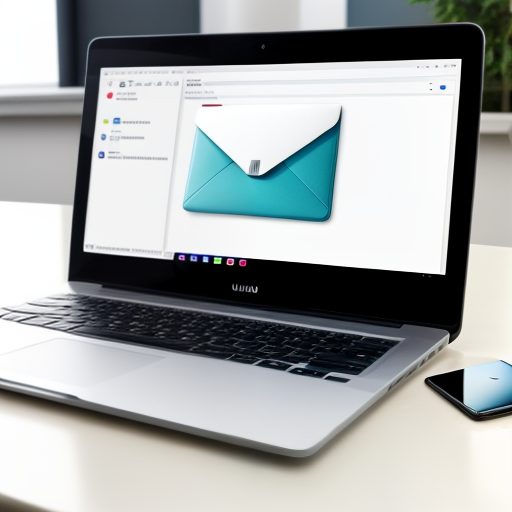
When setting up your business emails, it’s important to understand the key differences between POP3 and IMAP – the two most common email protocols. These protocols manage how your emails are stored, accessed, and synchronized across devices.
In this post, we’ll explore the main differences between POP3 and IMAP, helping you decide which one best suits your business needs.
1. What Is POP3?
POP3 (Post Office Protocol 3) is a simple email protocol used to retrieve emails from a mail server to your local device. Once emails are downloaded, they are typically deleted from the server, meaning your device is the primary storage location for your emails.
-
How POP3 Works:
- Emails are downloaded from the server to your device (computer, phone, etc.).
- After downloading, the emails are usually removed from the server (though this setting can be adjusted).
- You manage your emails locally on your device, and once downloaded, they are no longer available on other devices.
-
Advantages of POP3:
- Emails are stored locally, allowing for offline access.
- It uses less server storage, as emails are deleted after being downloaded.
-
Disadvantages of POP3:
- Since emails are stored on a single device, accessing them on multiple devices becomes challenging.
- If your device is lost, damaged, or if data isn’t backed up, your emails may be lost permanently.
2. What Is IMAP?
IMAP (Internet Message Access Protocol) is a more advanced protocol that allows you to manage your emails directly on the server. Emails are stored on the mail server, and any changes you make (like reading, deleting, or moving an email) are synchronized across all devices.
-
How IMAP Works:
- Emails stay on the server, and you can access them from multiple devices (phone, tablet, computer).
- Any changes you make (like deleting or archiving an email) are reflected across all devices.
- You can access emails from anywhere, as long as you have an internet connection.
-
Advantages of IMAP:
- Emails are accessible from multiple devices and remain synchronized in real time.
- All email actions (like deleting or reading) are updated across every device.
- IMAP is ideal for users who need to manage emails on the go, from different devices.
-
Disadvantages of IMAP:
- Emails remain on the server, so you may need more storage space.
- Limited offline access, as most of the email data is stored on the server.
3. Key Differences Between POP3 and IMAP
Understanding the differences between these two protocols will help you choose the best one for your business.
-
Email Storage:
- POP3: Emails are downloaded to a single device, and once downloaded, they are removed from the server.
- IMAP: Emails remain on the server and are synced across multiple devices.
-
Synchronization:
- POP3: No syncing between devices—emails are only stored on the device that downloaded them.
- IMAP: Syncs emails across all devices. Changes made on one device are reflected on others.
-
Offline Access:
- POP3: Allows full offline access, as emails are stored locally.
- IMAP: Limited offline access, as most emails are stored on the server and require an internet connection.
-
Email Management:
- POP3: Emails are managed locally, so actions like deleting or moving emails are only reflected on that specific device.
- IMAP: Emails are managed on the server, so actions are synchronized across all devices.
-
Server Storage:
- POP3: Frees up server storage by deleting emails after download.
- IMAP: Requires more server storage since emails stay on the server.
4. Which Protocol Is Best for Your Business?
Choosing between POP3 and IMAP depends on how you use your email and the devices you rely on.
-
POP3 is ideal if:
- You primarily check emails on one device (e.g., a desktop computer).
- You need offline access to your emails and don’t need to sync them across multiple devices.
- You prefer to store emails locally and free up server space.
-
IMAP is ideal if:
- You frequently access your emails from multiple devices (e.g., phone, tablet, laptop).
- You need real-time syncing of emails across devices.
- You have a stable internet connection and prefer server-side storage for easy access from anywhere.
Let B_Limitless Help You Choose the Best Email Solution
At B_Limitless, we offer email hosting services that support both POP3 and IMAP, ensuring you have the flexibility to choose the protocol that fits your business needs.
Contact us today to learn more about setting up your business email system and get expert advice on the best option for you.

